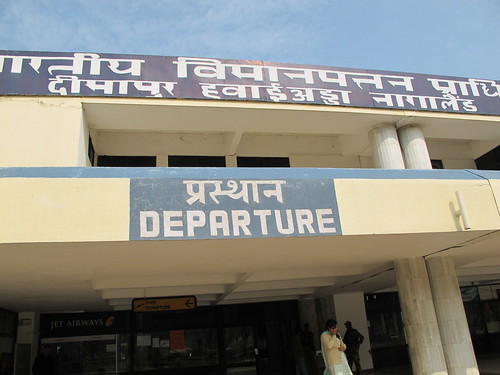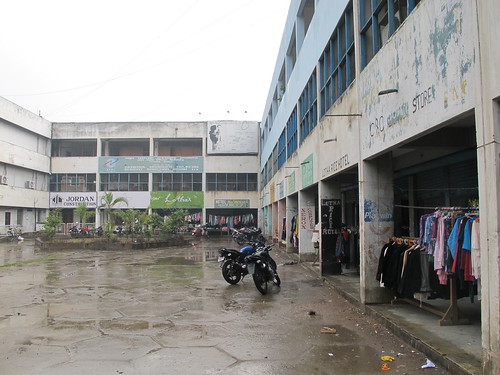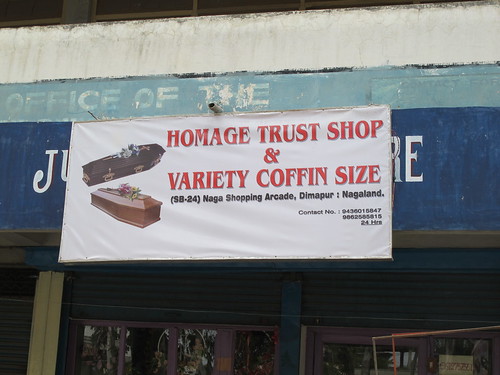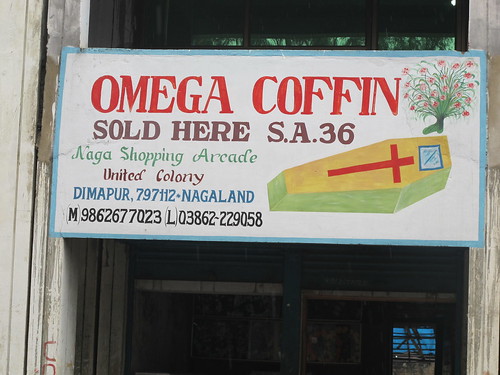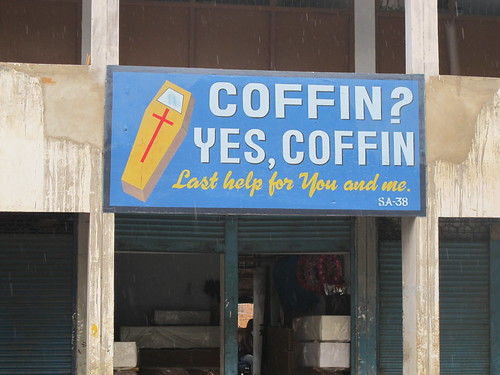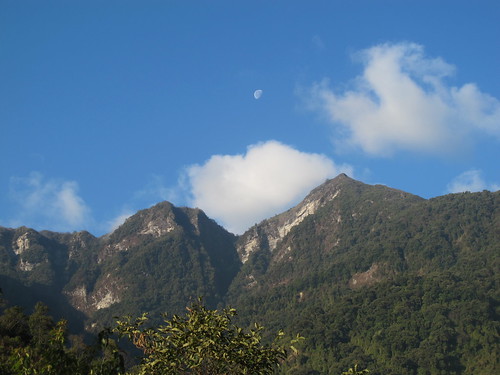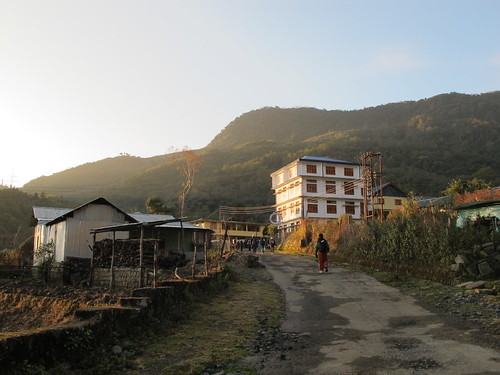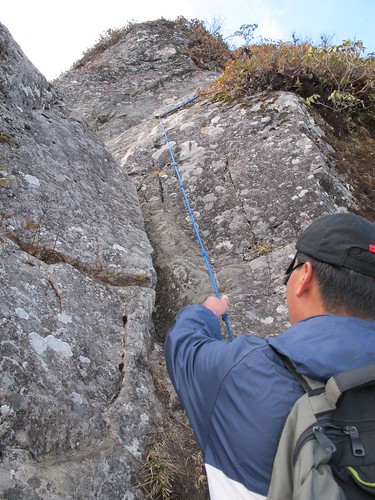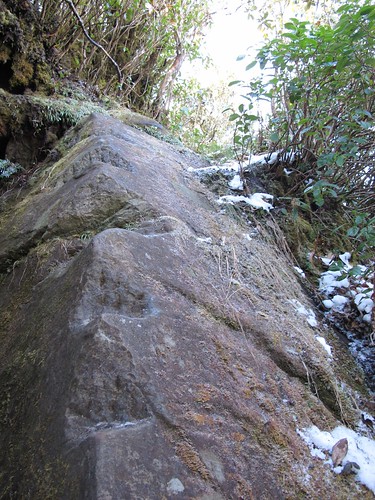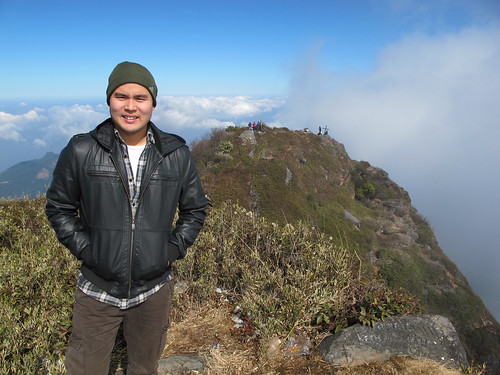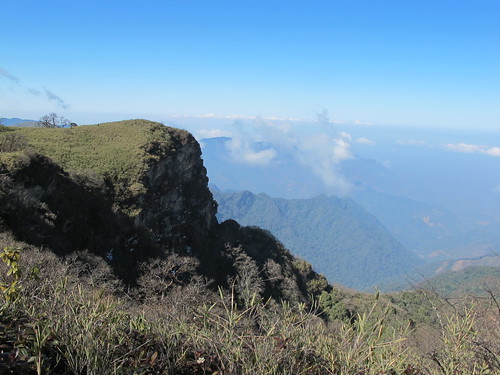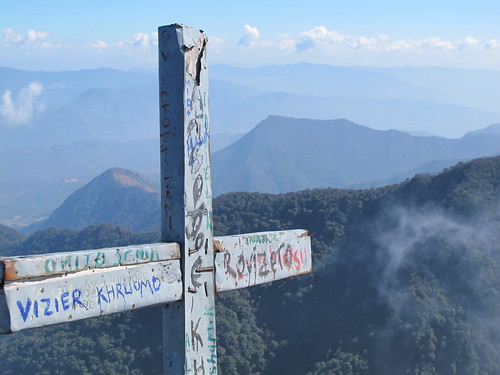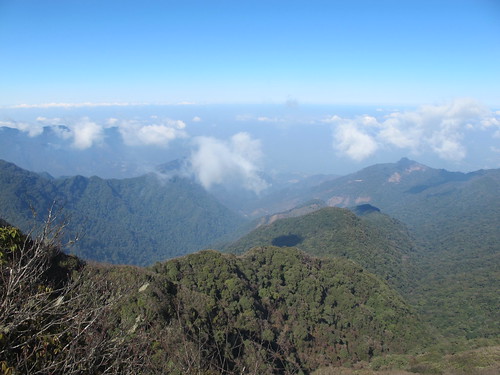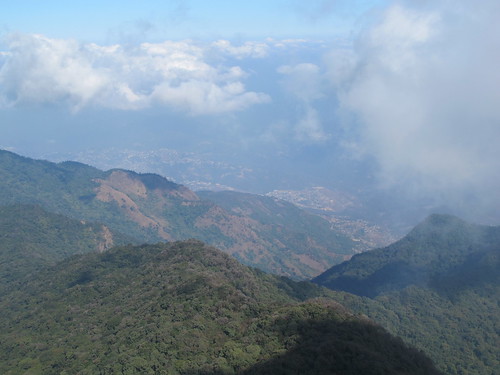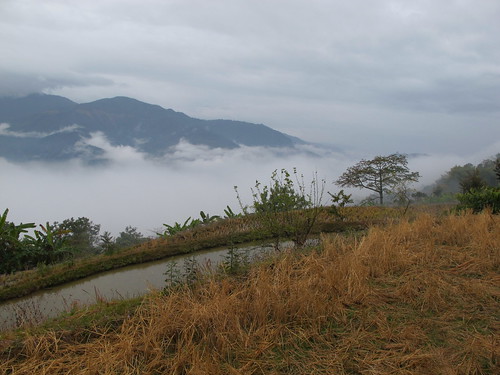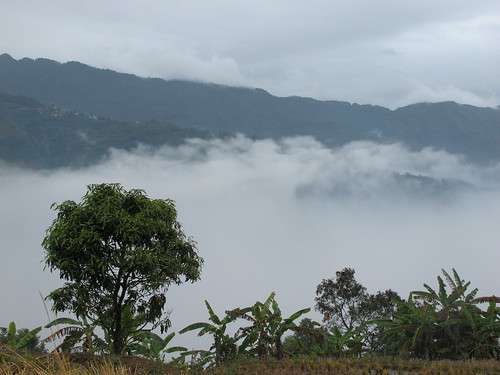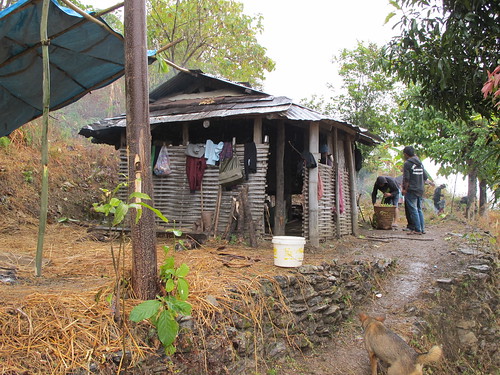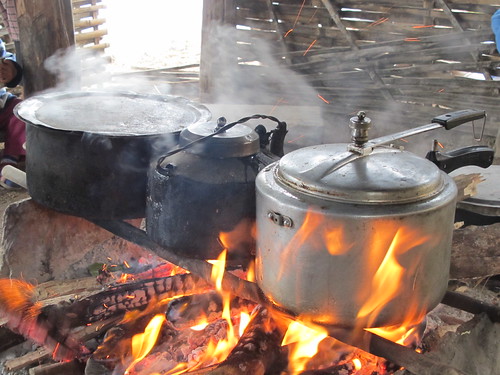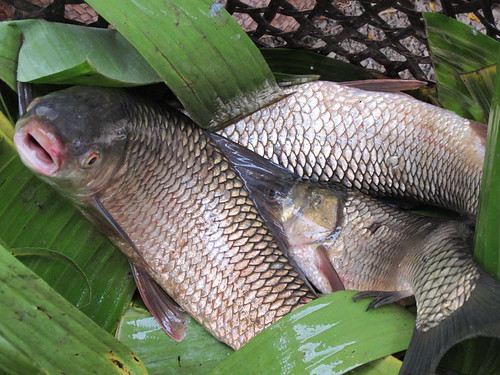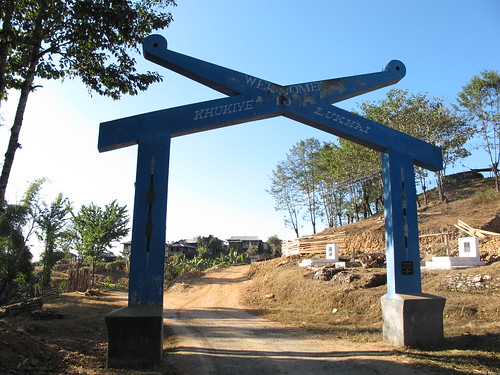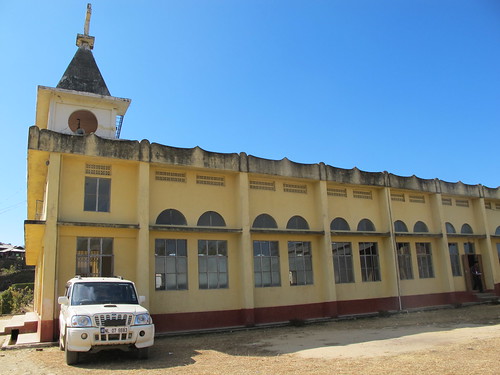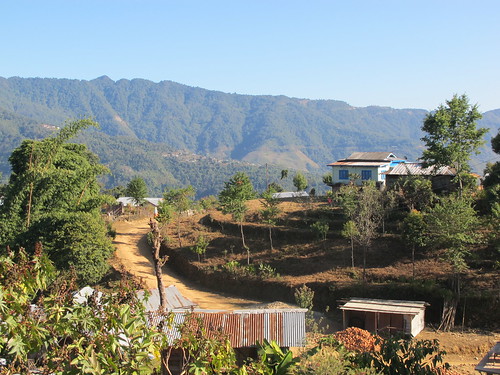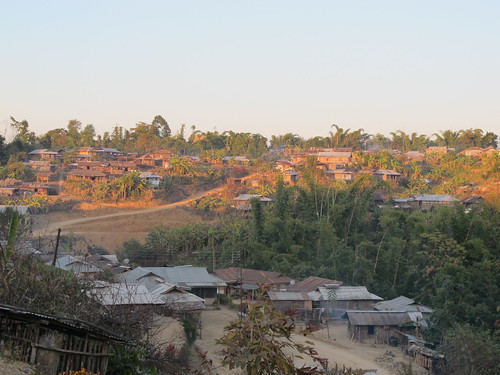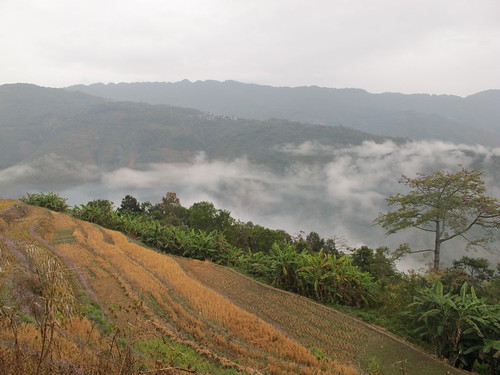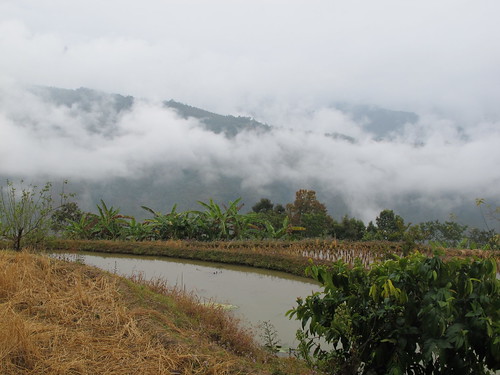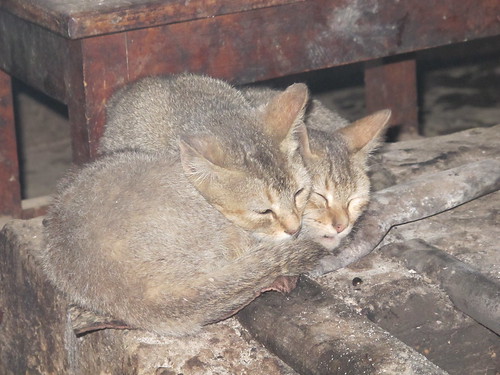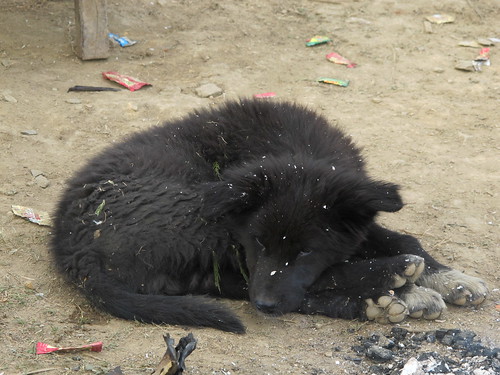For many people in South Asia, bandhs are a part of life. The first time I heard the word, I thought it was just the local pronunciation for 'ban'. I soon found out what a bandh really was. In fact, I'm living through another one right now.
The word is sometimes translated as a 'strike', but it's different to the kind of labour union strike one might experience in the West. The word bandh comes from Hindi बंद which means 'closed' (pronounced like 'bund', but with a longer vowel sound, i.e. 'bahnd', but my friends in Nepal say it's pronounced more like 'bahn-duh' over there). Unsurprisingly, the main feature of a bandh is the forced closure of private businesses. Shopkeepers who dare open their doors are subjected to violence and arson by the party or organisation who called for the bandh.
In addition, public transport is not allowed on the road but in some instances, all vehicular traffic is banned. Of course, with everything shut, it's not as if most people have anywhere to go.
There are exemptions granted to certain groups: pharmacies and hospitals are allowed to remain open. Autos on 'hospital duty' and 'school duty' are allowed to ply the roads (or autos with signs that read 'hospital duty').
Bandhs can last a few hours to a few days. They are usually announced a few days before by the group calling it, typically in protest of the government, or a perceived grievance caused by the government. They can also be limited to a particular town or district, or they can be state-wide.
Last Tuesday there was a 24 hour state-wide bandh in Nagaland, but the announcement came pretty late. It was mainly in protest of the army because it wouldn't let one of the leader of one of the main Underground factions go to Zunheboto (which I'm told has since been surrounded by army personnel who are intent on keeping out the two other main factions who've been fighting for weeks). Autos were still plying the main routes in Dimapur, but all the shops were closed.
My friend Lauren tells me there's a transport bandha in Kathmandu today because of the rising price of fuel.
Over here in Nagaland, we're having a 36 hour bandh that started at 6am today and will end tomorrow at 6pm. it seems to be for the same reason as last Tuesday's bandh.
It's not a particularly dangerous situation, but it's a huge disruption to everyday life. It's not as if shopkeepers want to close their businesses, though to government workers, it probably doesn't make much of a difference as long as they still get their salary. In any case, I'm not planning to leave the hotel today and tomorrow. Given that tomorrow's Republic Day, I wasn't planning on heading out anyway.
At least there's still room service.
The word is sometimes translated as a 'strike', but it's different to the kind of labour union strike one might experience in the West. The word bandh comes from Hindi बंद which means 'closed' (pronounced like 'bund', but with a longer vowel sound, i.e. 'bahnd', but my friends in Nepal say it's pronounced more like 'bahn-duh' over there). Unsurprisingly, the main feature of a bandh is the forced closure of private businesses. Shopkeepers who dare open their doors are subjected to violence and arson by the party or organisation who called for the bandh.
In addition, public transport is not allowed on the road but in some instances, all vehicular traffic is banned. Of course, with everything shut, it's not as if most people have anywhere to go.
There are exemptions granted to certain groups: pharmacies and hospitals are allowed to remain open. Autos on 'hospital duty' and 'school duty' are allowed to ply the roads (or autos with signs that read 'hospital duty').
Bandhs can last a few hours to a few days. They are usually announced a few days before by the group calling it, typically in protest of the government, or a perceived grievance caused by the government. They can also be limited to a particular town or district, or they can be state-wide.
Last Tuesday there was a 24 hour state-wide bandh in Nagaland, but the announcement came pretty late. It was mainly in protest of the army because it wouldn't let one of the leader of one of the main Underground factions go to Zunheboto (which I'm told has since been surrounded by army personnel who are intent on keeping out the two other main factions who've been fighting for weeks). Autos were still plying the main routes in Dimapur, but all the shops were closed.
My friend Lauren tells me there's a transport bandha in Kathmandu today because of the rising price of fuel.
Over here in Nagaland, we're having a 36 hour bandh that started at 6am today and will end tomorrow at 6pm. it seems to be for the same reason as last Tuesday's bandh.
It's not a particularly dangerous situation, but it's a huge disruption to everyday life. It's not as if shopkeepers want to close their businesses, though to government workers, it probably doesn't make much of a difference as long as they still get their salary. In any case, I'm not planning to leave the hotel today and tomorrow. Given that tomorrow's Republic Day, I wasn't planning on heading out anyway.
At least there's still room service.
